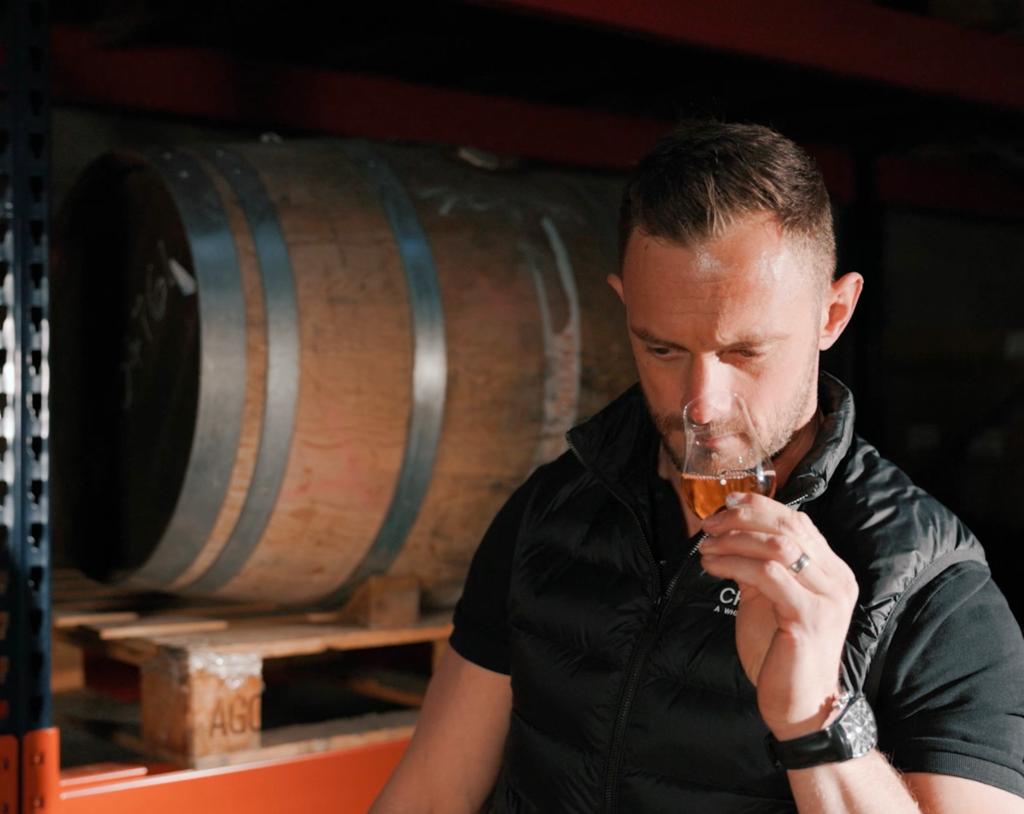Remember that tasting whisky is a personal experience, and there are no right or wrong answers when it comes to identifying flavours. Practice, exploration, and an open mind are key to developing your palate and enjoying the diverse world of Scotch whisky.
What I find out throughout my social drinking experiences is people perceive aromas and flavours differently. Of course there are some obvious characteristics to certain whiskies that most of the crowd detect but subtle and complex notes are a subjective area. Some people are extremely talented and have amazing noses and some are well trained with a great memory. I think I'm more in the second group but still have trouble in putting what I taste into words.
I gathered some guidelines which I agree with when it comes to properly tasting a whisky:
Choose the Right Glassware: Use a tulip-shaped or Glencairn glass. These glasses are designed to concentrate the aromas and allow you to swirl the whisky without spilling.
Visual Examination (Appearance): Hold the glass up to the light and observe the color and viscosity (legs or tears). The color can provide hints about the whisky's aging and cask type. Is it appearing oily? Does it leave legs on the glass? Does it appear thin and fast (high strength)?
Nose (Aromas): Gently swirl the whisky in the glass to release its aromas. Put your nose close to the glass and take in the scents. Try to identify a range of aromas, such as fruit, spice, floral, peat, and more. Don't rush this step; spend time exploring the nuances.
Initial Sip (Palate): Take a small sip and let it coat your entire palate. Pay attention to the initial flavors that you perceive on your tongue. Is it sweet, smoky, spicy, or something else?
Aeration (Chewing): Take another sip and let the whisky linger in your mouth for a moment. Gently chew the whisky, allowing it to mix with your saliva. This can help release even more flavors and aromas.
Texture (Mouthfeel): Pay attention to the texture of the whisky. Is it light and smooth, or heavy and oily? The texture can provide insights into the whisky's viscosity and how it was aged.
Development (Mid-Palate): As you hold the whisky in your mouth, notice how the flavors evolve. You might detect different notes as the whisky interacts with different parts of your palate.
Finish (Aftertaste): Swallow the whisky or spit it out if you're tasting multiple whiskies. Pay attention to the lingering flavors and sensations. Is the finish short, medium, or long? Does it leave a smoky, sweet, or spicy aftertaste?
Add Water (Optional): If desired, you can add a small amount of water to the whisky to open up additional aromas and flavors. Some whiskies benefit from this, while others might be better enjoyed neat.
Take Notes: Keep a notebook or use a whisky tasting app to jot down your impressions. This can help you remember and compare different whiskies over time.
Context Matters: Consider the setting and your mood. Tasting in a relaxed environment and being open to the experience can enhance your appreciation.
Compare and Contrast: Tasting multiple whiskies side by side can help you identify differences and similarities.
Sounds complex? The more you do it, the better you get at it!

